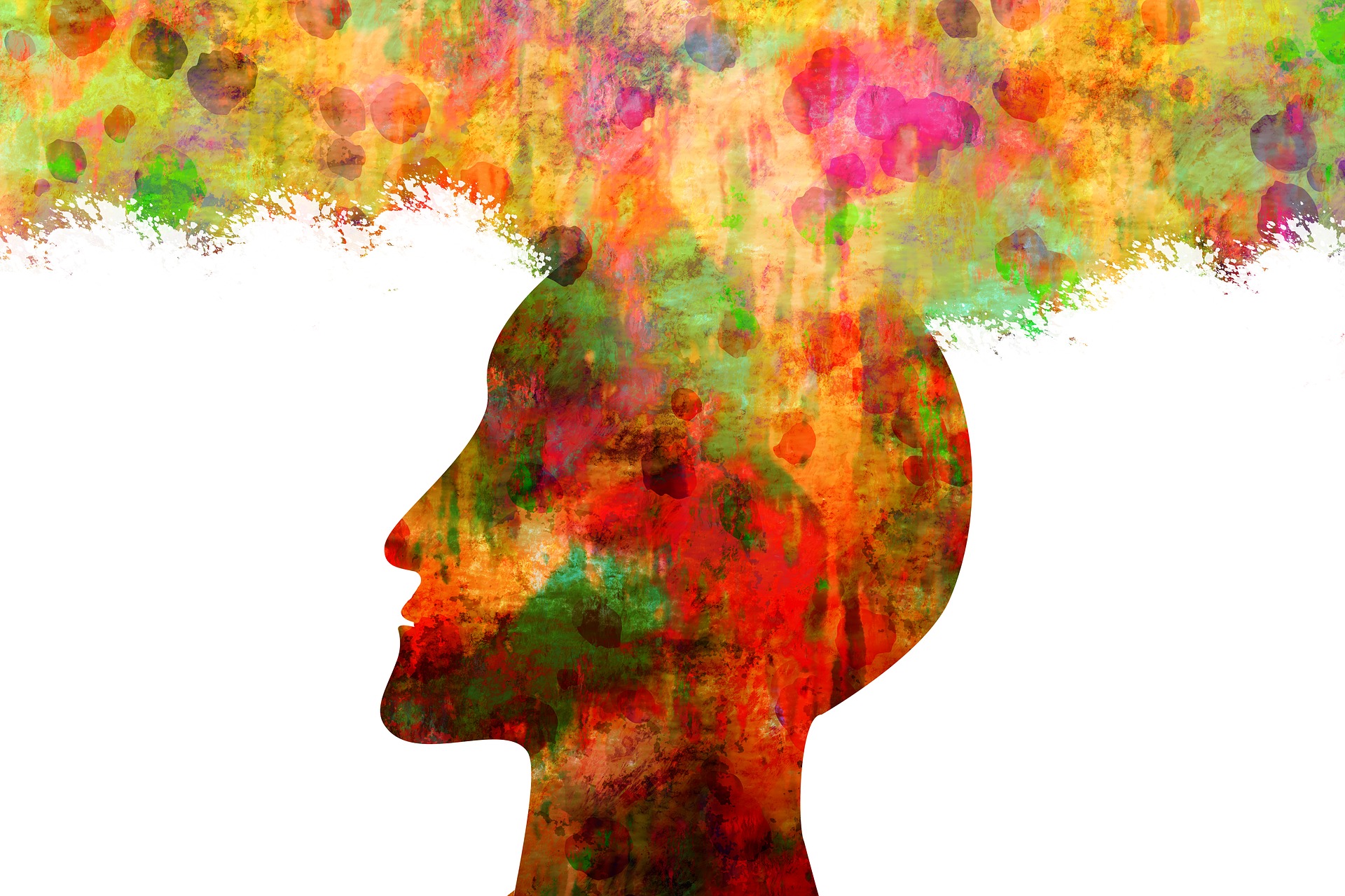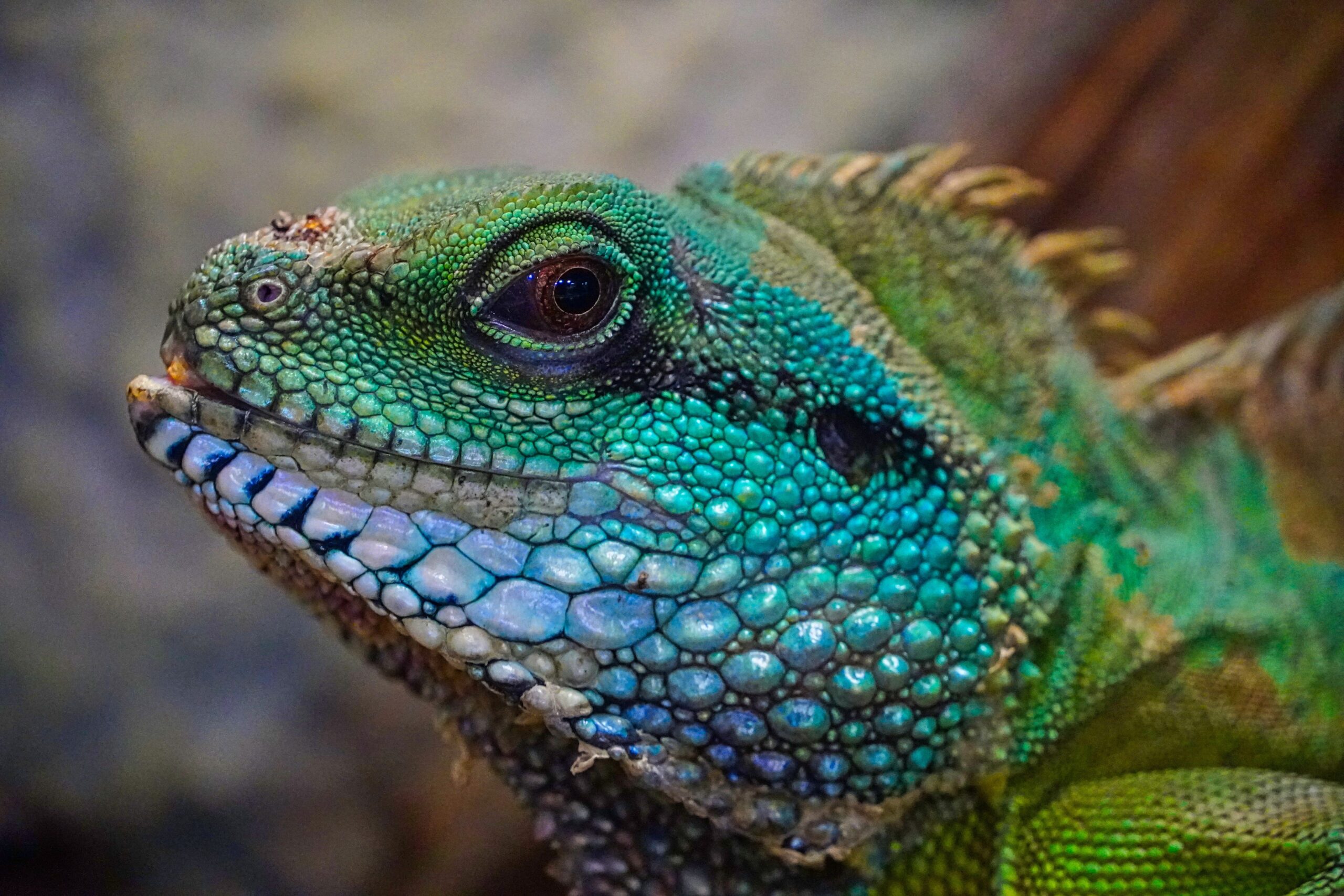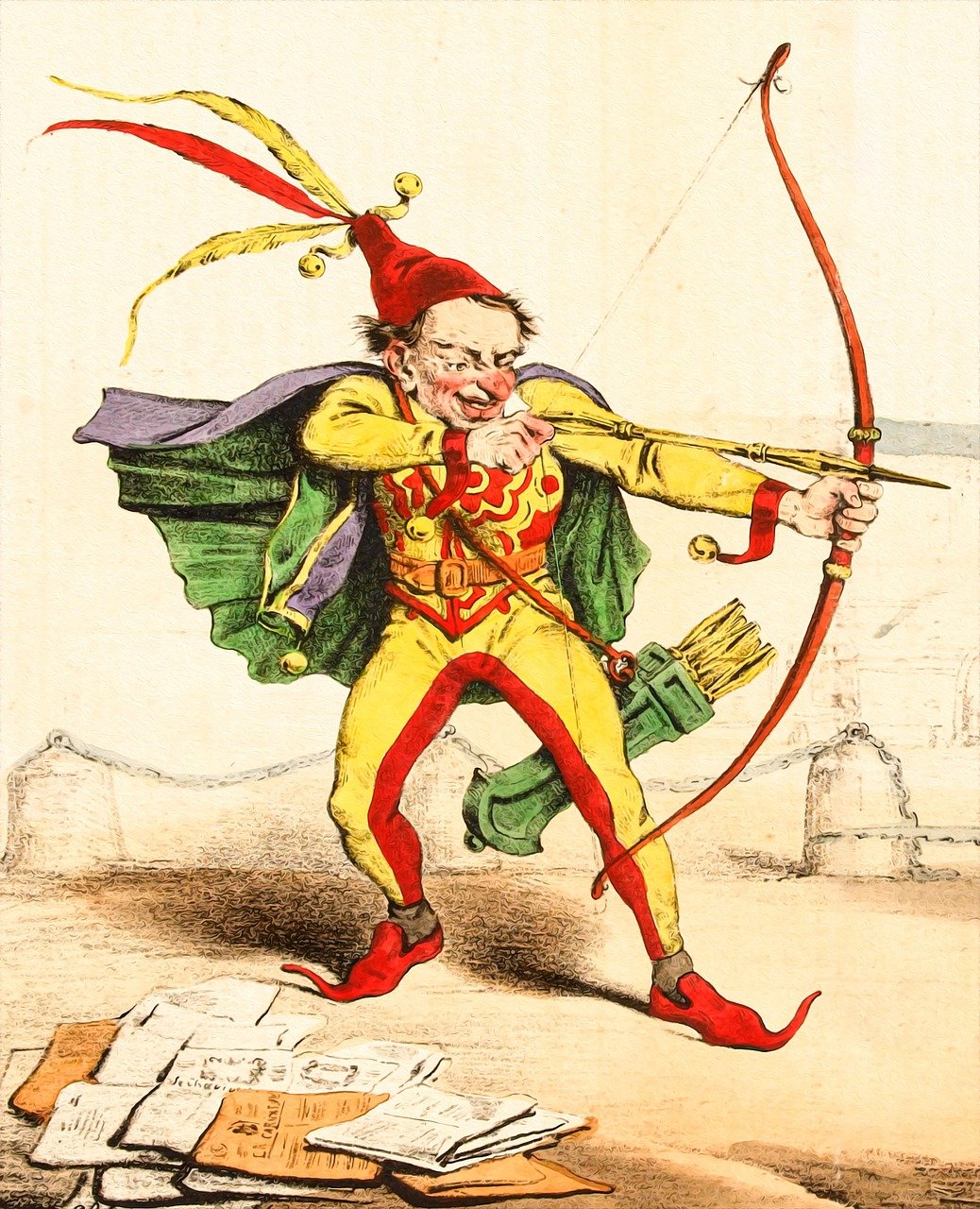In one of those Where's Waldo puzzles, we search for a little guy hidden within…

Are you a lifelong Worry Wart?
Lately I’ve been feeling a bit untethered — like Major Tom, the astronaut from David Bowie’s song, Space Oddity, who loses touch with Ground Control and floats off into an endless black void. I loved that song as a kid, but it also freaked me out. “Can you hear me Major Tom? Can you hear me major Tom?” To calm myself, I’d imagine alternate endings about his safe return. I realize now the wisdom of my daydreaming. If you’re a lifelong Worry Wart like me, you already know that chronic anxiety steals your inner peace, leading to many health issues. What you may not know is that WE are Ground Control. Meaning, we have the power to bring ourselves back to a more natural state of inner peace.
Just a little high strung
Turns out, Worry Wart was a character in a comic strip that ran for almost fifty years. It ended in 1970, but I think it might be time for a reboot. The fact that it ran that long reflects how deeply embedded worry is in our culture and our psyche. But that doesn’t mean it’s normal.
In fact, generalized anxiety disorder (a fancy name for Worry Wart) didn’t appear as a mental health diagnosis until a decade later. Obviously Worry Wart was ahead of his time.
While anxiety feels different for all of us, to me it’s like a stream of nervous energy that’s always rumbling beneath the surface. Before I knew this, I just assumed it was who I was. High strung. A Nervous Nellie. Jumpy. Impatient. Irritable. A bit controlling, because after all someone needs to do some adulting around here!
Why worry about worry?
With chronic anxiety, our bodies are in a constant state of arousal that triggers our fight/flight/freeze response, releasing adrenaline and cortisol into the body. While this miraculous system helped us survive as a species, it was never intended to be activated 24/7. When it is, the wear and tear on our bodies ages us more quickly and can lead to heart disease, high blood pressure, Alzheimer’s, depression, and other health issues.
Plus, that nervous energy drives us to comfort and distract with addictive substances and behaviors, like food, drugs, alcohol, overwork, shopping, and overindulging on social media. That just compounds our problems, giving us even more to worry about!
The truth is, Worry Warts are made not born. But we can change through the magic of neuroplasticity.
An old dog, new tricks
Scientists now know that the brain is more malleable than previously believed. So, we can in fact teach an old dog new tricks. We just need to be intentional and consistent about it.
Neuroplasticity is the ability for the brain to form and deepen neural pathways in response to stimuli. It’s the foundation of learning and of building habits.
Whether we’re aware or not, the people, events, and other external forces around us sculpt our brains like a piece of stone. In fact, in the first few years of life, we generate more than a million new neural connections every second! Think about who and what you were exposed to during that time. It can offer some insightful clues to who you’ve become.
The miracle of neuroplasticity
Neural pathways become deeper and stronger with the frequency and/or emotional intensity of our experiences. That’s how repetition makes activities like riding a bike or driving a car become automatic. A traumatic event has a deeper and more immediate impact, like taking a Sledgehammer to stone.
A personal example is when my dad suddenly passed away when I was ten. One day my dad was a rock-solid figure in my life, the next day he was gone. It was the same year Major Tom hit the charts which may be why I fixated on the plight of this spaceman. I have no doubt that this sudden loss helped shape me into a lifelong Worry Wart.
The miracle of neuroplasticity is that not only can we carve new neural pathways, we can also soften those that don’t serve us anymore. Like the worry path. Here are two approaches that have helped me: Visualizing positive outcomes and embracing groundlessness.
Visualizing positive outcomes
Fascinating fact: The brain doesn’t know the difference between what’s imaginary and what’s real. Athletes understand this and commonly use visualization to elevate performance. If you’re a lifelong Worry Wart, you know how worked up you get by just imagining all the bad stuff that could happen. On the flip side, we can use visualization to our advantage.
As kids, we naturally use our imaginations. Unfortunately, lifelong Worry Warts often waste this awesome power by always ‘preparing for the worst,’ which just feeds chronic anxiety and generates negative energy. Like attracts like, so that negative energy is actually drawing to us more of the same.
Why not use our awesome power of imagination to picture the best possible outcomes and generate positive energy instead?
Eureka!
This little flip in perspective was a light bulb moment for me. Since I’d failed to change things for Major Tom, I guess I turned to pouring my energy into preparing for disaster instead. Meanwhile, as Glinda the Good Witch said, I had the power all along.
We all know bad stuff happens, so it’s not like visualizing positive outcomes is a magic wand that can make all the world’s problems disappear. Or is it?
During the Lebanon war in the 80s, a group of a thousand people decided to meditate on world peace. Not only did war deaths drop by a whopping 75 percent on that day, but there were also reductions in crime, traffic collisions, fires, and other destructive events.
Many studies since then have shown equally amazing results, leading to declaring December 31 as World Peace Day. But why wait until then to begin using this awesome power of visualizing positive outcomes in our own lives?
Embracing groundlessness
When we experience a sucker punch from life — a death, a job loss, a divorce, a diagnosis — we suddenly feel untethered. There’s no certainty about our lives or the world around us. No playbook to tell us what to do or how to cope. Planet earth is blue and there’s nothing I can do.
This is what the awesome Buddhist teacher Pema Chodron refers to as groundlessness. It’s like the rug is pulled from beneath us and there’s no solid ground anywhere to support us.
Even if a traumatic event hasn’t actually happened, something can trigger an old trauma through the neural network that still exists. It can be as insignificant as a comment, a scent, a photo, a song. Again, because the brain doesn’t know the difference between the actual and the remembered trauma, our response is the same. It’s what happens with PTSD.
Clouds in the sky
Embracing groundlessness is about exploring how to sit with our emotions rather than automatically react to them. With practice, it helps rewire an over-anxious and over-reactive brain. Like meditation, we simply sit quietly and focus on our breath. But that’s usually when the stream of worries begin screaming for attention and we want to move or react in some way. Instead, the practice is to remain still and breathe through our discomfort, allowing our thoughts to pass by like clouds in the sky.
It’s much more challenging than it sounds, but becomes easier with time and practice. Eventually, we carve and strengthen a new neural pathway of non-reaction and weaken the old pathway of habitual reaction.
Reunite with inner peace
Life is full of emotional earthquakes—from little fissures to alarming, 9.5-on-the-Richter scale events. Even small daily hits can undermine our inner peace if we continually react to each and every one.
The fact is we’re wired for survival. We can’t change that and we wouldn’t want to. It’s how we protect ourselves from true, imminent danger. But if minor situations and even imaginary situations consistently send us into the endless void of worry, we’re going to suffer some unhealthy consequences.
What can a lifelong Worry Wart do? Remember that the power of Ground Control is within us. We can rewire our brains and float towards inner peace rather than the endless black void of worries. Use these practices to create new neural pathways and weaken the habitual habit of worry. Maybe we could start visualizing ourselves as Serenity Sue or Tranquil Tom instead. Then give our lifelong Worry Wart some well-deserved time off.
Want more Good Vibrations?
I’m a holistic life coach who specializes in expressive writing to nurture healing, insight, and creativity. Check out more inspirational articles at my blog, Good Vibrations. For more information about life coaching, visit my website at www.manifestwithmargrita.com. Or email me at [email protected]. I invite you to follow me on Instagram, Facebook, and LinkedIn, too!



